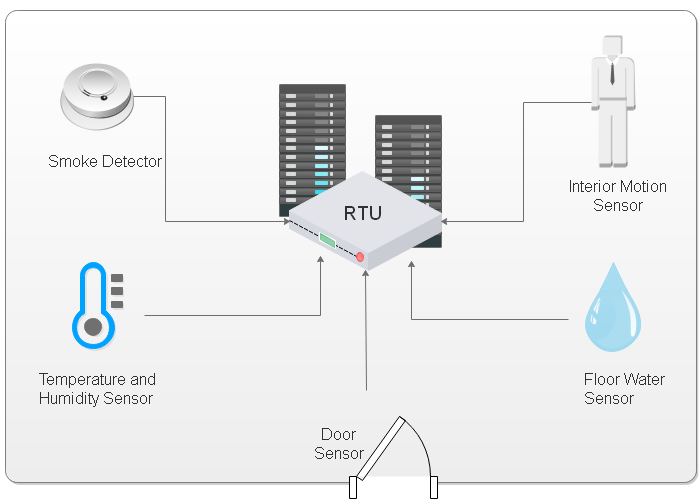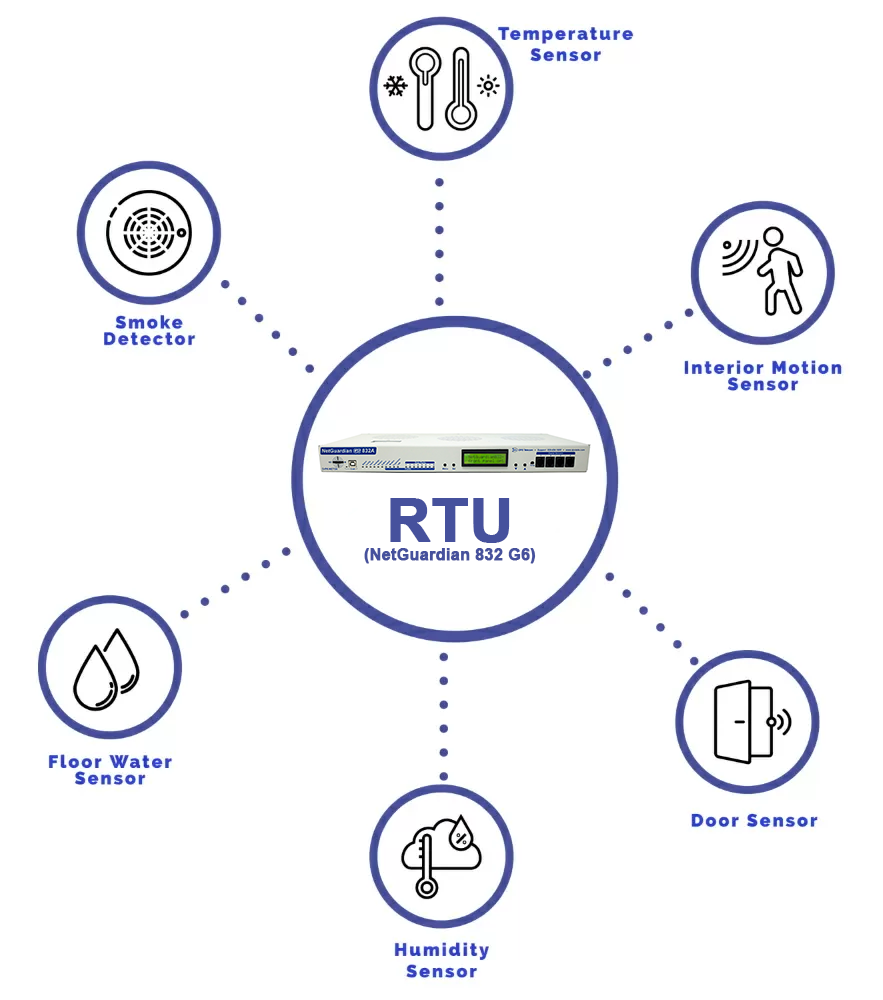Check out our White Paper Series!
A complete library of helpful advice and survival guides for every aspect of system monitoring and control.
1-800-693-0351
Have a specific question? Ask our team of expert engineers and get a specific answer!
Sign up for the next DPS Factory Training!

Whether you're new to our equipment or you've used it for years, DPS factory training is the best way to get more from your monitoring.
Reserve Your Seat TodayIn utility facilities, maintaining infrastructure integrity and service continuity is crucial. Water intrusion poses a significant threat, causing damage to equipment, costly repairs, and downtime.
Water leak detectors systems protect against budget-crushing water damage. Let's discuss the high importance of these systems. We'll also review the technology behind them and how to protect your facilities from profit-killing water damage.
We'll also look at typical price ranges so you can plan your investment. You'll be able to calculate ROI to justify your project to management.

Water intrusion has many causes. This includes natural disasters like floods or infrastructure malfunctions like leaks. It can even be simple condensation forming in the wrong place at the wrong time.
The effect of water contacting your electrical systems, control panels, and other critical components can vary. It can range from minor problems to catastrophic failures. Here's why water detection is crucial:
At their core, water detection systems alert you the moment unwanted water accumulates. You can then rapidly respond to mitigate potential damage. These systems vary in complexity. Here's what you need to know about water detection:
How Water Detection Works: Most water detection systems utilize sensors placed in strategic locations (esp. low areas like floors) prone to water ingress. These sensors monitor for any presence of water and. Upon detection, they trigger an alarm or notification system to alert personnel.
Benefits of Water Detection:

Water detection systems are adaptable to various settings, each with its unique challenges and requirements. Some organization that I've dealt with at DPS have learned over time the value of highly specific water detection.
One Caribbean cable company told us about their response to Hurricane Irma. They had floor water sensors, water sensors at 2 feet, at humidity sensors in our NetGuardian RTU. They were able to watch the site flood and know exactly what was happening.
Good monitoring can't stop a big natural disaster, but it allows you to respond most effectively. You must use the resources you have to minimize failures and accelerate recovery.
Implementing a water detection system is a strategic investment in your facility's resilience and reliability.
Next, let's look into the cost-benefit analysis. We'll talk about the tangible savings that these systems offer. I'll also guide you through the implementation process.
Implementing water detection systems in utility facilities represents a significant upfront investment. However, the long-term benefits and potential savings will almost always far outweigh the initial costs.
Here's a breakdown of the financial implications of water detection systems:
Real-world incidents have shown the same fact many time. Facilities with water detection systems in place have avoided tens (or hundreds!) of thousands of dollars in damage. This demonstrates your ROI for water detection.

Integrating a simple floor water sensor with a NetGuardian Remote Telemetry Unit (RTU) will let you detect water damage. Here's how it works:
From there, the NetGuardian RTU can be configured to respond in either (or both) of two primary methods:
High-quality RTUs range from about $800 to $5000 (USD). The simple contact-closure monitoring in this example is available on even the smallest NetGuardian RTU.
The combination of a simple floor water sensor with the sophisticated monitoring capabilities of a NetGuardian RTU provides a complete solution. It offers immediate, localized detection of water ingress. It also alerts personnel or systems that can take prompt action. This safeguards your facilities against water damage.
Let's now analyze how DPS Telecom's approach, devices, and sensors align with our previously discussed water detection strategies:
The compatibility of water detectors with quality Remote Terminal Units (RTUs) is essential for effective monitoring. RTUs like the TempDefender IT and NetGuardian family are crucial for:
You also can't forget the importance of a system that monitors more than just water threats. The integration of temperature, humidity, and motion sensors alongside water detectors creates a comprehensive environmental monitoring solution that:
Although it's tempting to choose a low-priced monitoring system (some RTUs are available for under $800), you shouldn't skimp on this important protection. By choosing proven and durable equipment, you get long-term reliability. High-quality monitoring products are less likely to fail, ensuring consistent monitoring and protection of sensitive equipment.
Water detection systems offer a proactive approach to protecting your facilities from the potentially devastating effects of water damage.
By understanding the importance of these systems, you know you need to act. By considering the cost-benefit analysis, you know how to justify a purchase. By following through with strategic implementation and maintenance, you'll safeguard your operations against unexpected water damage.
Your initial investment in a water detection system is a wise decision. It pays dividends in protection, peace of mind, and financial savings over the long term.
If you have any monitoring project, including one that is partly focused on water detection and sensors, call us. DPS engineers are ready to help you. Give us a call or send us quick message on this website to get started now.
Call DPS at 1-800-693-0351 or email sales@dpstele.com

Haley Zeigler
Haley is a Technical Marketing Writer at DPS Telecom. She works closely alongside the Sales and Marketing teams, as well as DPS engineers, resulting in a broad understanding of DPS products, clients, and the network monitoring industry.